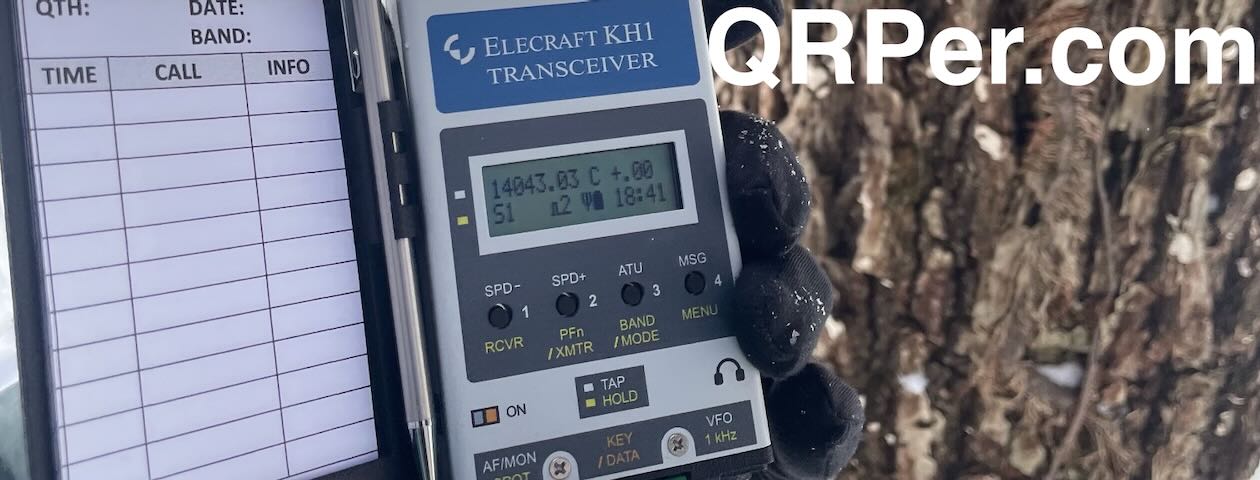Many thanks to Teri (KO4WFP) who shares the following guest post:
The Countdown Begins with Jack Hill State Park
by Teri (KO4WFP)
Having completed my kilo for Wormsloe State Historic Site (K-3725) and earned the Marathon Award for the Straight Key Century Club, I needed a new goal into which to sink my teeth. I’ve often set goals in my life as they motivate me to learn and step outside my comfort zone. So what better goal than to activate 60 parks new to me over the next year! I admit it is ambitious; however, goals should excite you as well as make you a little nervous because then you know you are stretching yourself.
How do I plan to accomplish activating 60 new parks? The weeks my son has a break from school offer the perfect opportunity to travel. I can also work in overnight trips to locations in Georgia or South Carolina throughout the year. To save money, I’ll drive on these trips and camp. Most state parks which offer camping are also a park on the POTA list, an easy win-win. For safety, my “POTA pooch” Daisy will accompany me if I am alone, offering an opportunity for the two of us to strengthen the bond we have and work on her training.
My first break-week trip is to Florida during the second week of winter break, December 24th through January 1st. I have nine to ten parks I plan to activate that week, depending on the weather. Daisy and my brother Joseph (no, he is not a ham) will accompany me. Joseph and I took a cross-country trip out west in my twenties and spent six weeks on the road. We mostly camped but also visited friends and relatives along the way.
However, before I leave on my Florida trip, I began my pursuit of 60 new parks with Jack Hill State Park, a park that is only an hour from my new QTH in Bloomingdale, Georgia.
Anyone who knows me knows that I am not a fan of winter. (Spot me this as I live in the Deep South.) However, I am determined to not miss out on POTA because of a little cold weather. Thinking the temperature would be warmer in the afternoon, my dog Daisy and I headed out later than usual on Wednesday, December 13th for our activation.
I enjoy driving in rural Georgia. You never know what you’ll see. Daisy and I went through the town of Bellville, a whistle stop in the middle of nowhere. The town was established in 1890 along the tracks of the Savannah & Western Railroad and was a regional transportation hub for agricultural and timber products. A mural in the town across from the old depot pays homage to the town’s railroad past.
Jack Hill State Park is located in the town of Reidsville, Georgia. It offers amenities that include boating and fishing on the park’s lake, accommodations in the form of camping as well as cottages to rent, a splash pad for kids, and even a free miniature golf course! The park was originally named Gordonia-Altamaha State Park as it is near the Altamaha River. However, it was renamed Jack Hill State Park in 2020 in honor of Senator Jack Hill who was instrumental in the local community. Continue reading KO4WFP: The Countdown Begins with Jack Hill State Park
































































